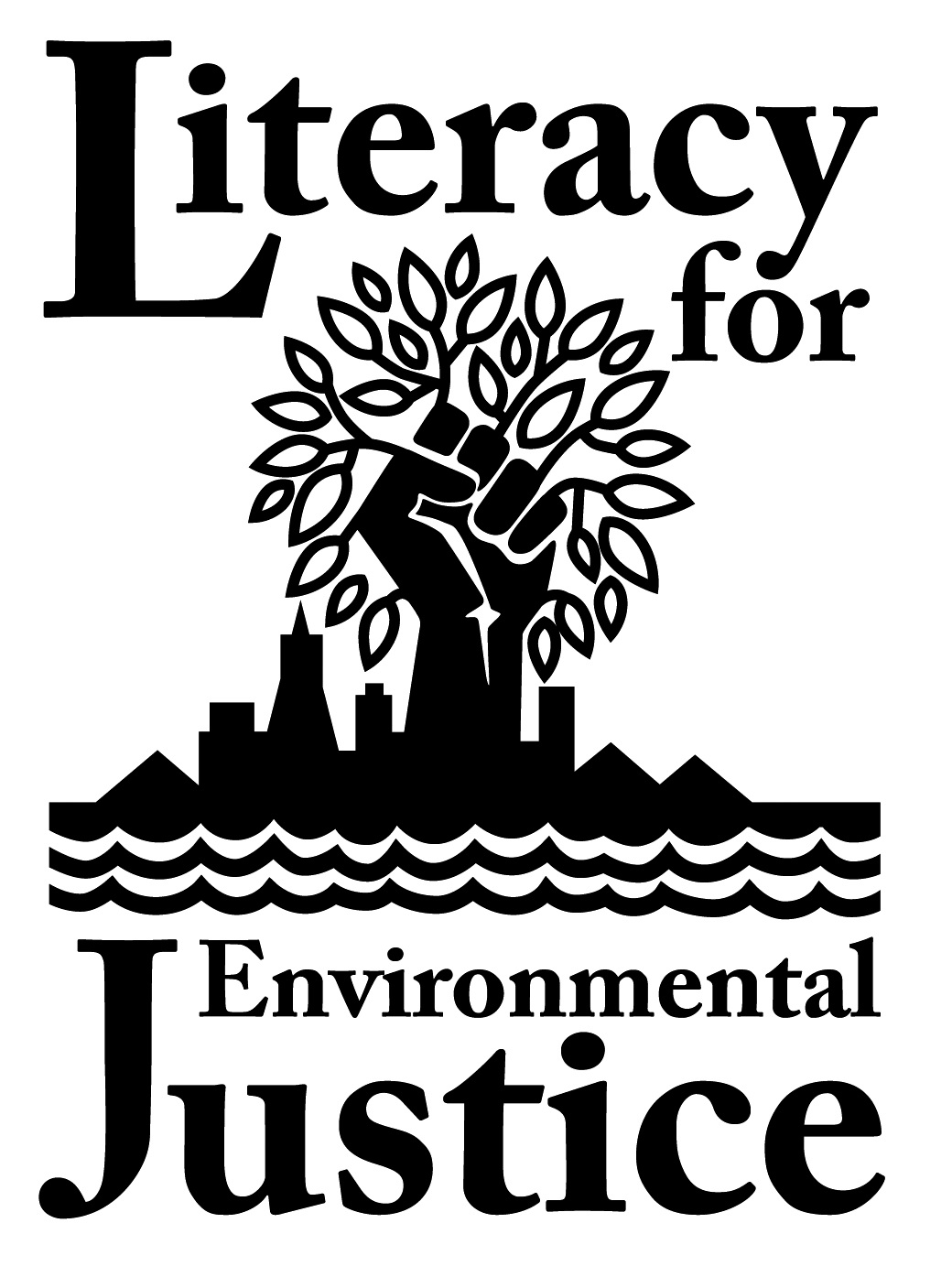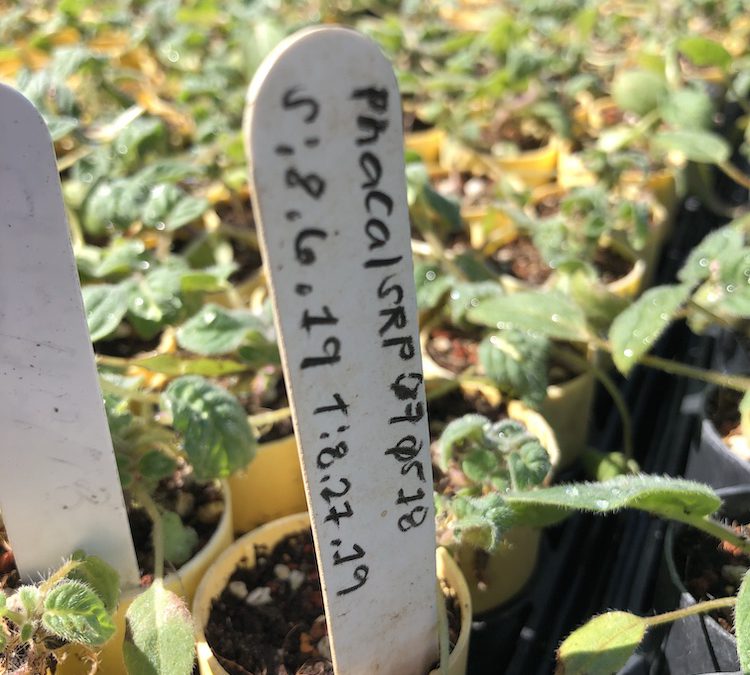LEJ is slowly emerging from the cocoon it’s been wrapped in for the last few weeks. As of this Tuesday, we are slowly easing back into plant operations. We are fortunate that the urban greening work we do to support the public infrastructure projects on Treasure Island and Yerba Buena Island have been deemed an essential service.
For the last 4 years, LEJ has been involved in the City of San Francisco’s restoration of Treasure Island/Yerba Buena Island. This project will produce a new San Francisco neighborhood of up to 8,000 homes, including homes that will be offered at below-market rates, extensive open spaces, hotels, restaurants, retail, and entertainment venues. The project’s design draws heavily upon the natural setting and features of the islands – sun, wind, views both of and from the Islands, shorelines, topography, soils, habitat, and vegetation.
A key component of the project is the development of an extensive park system with a diverse array of urban public spaces that will be integrated into new neighborhood development and provide a connection with the ecological and experiential qualities of the Bay. Over 300 acres total between both Islands will be devoted to parklands, wetlands, recreational sites, trails, and native habitat.
LEJ’s role in this project is to save thousands of native plants that were to be lost to the infrastructure construction through field salvaging locally rare and difficult to grow plants, and in total growing over 50,000 native’s plants from locally collected seed from Yerba Buena Island and other SF locations. In addition to just growing the plants LEJ in partnership with Treasure Island Development Authority (TIDA) and TIDG has built an on-site nursery operation, is providing volunteer opportunities to residents of the island and interested groups and now also is actively supporting restoration of the unique existing ecology of the island.
Through these urban greening efforts, LEJ has been able to help preserve the unique ecology of the island and is expanding native plants population to 7 acres of new green infrastructure on the island in native landscaping, and on-site stormwater treatment for the entire island.
This will have a lasting impact on our local environment for decades to come and is trail blazing forward thinking examples of the use of native plants at scale to provide nature based solutions to on site treatment of stormwater, water conversation, carbon sequestration all while also preserving and expanding the unique biodiversity of our region.
Another key benefit of this project is the direct impact it plays in terms of our organization’s long-term sustainability. Contracts like the one we have entered into with TICD provide over 60% of LEJ’s annual operating support and allow us to offer job training to as many as 25, low income youth each year. Being able to continue this critical work will have a lasting impact on LEJ for years to come.
So far, we have been fortunate enough to keep our staffing in place and the organization moving forward. However, not everything remains the same. For one, we have had to develop stringent social distancing policies in order to help ensure the safety of our frontline staff and contain the spread of COVID-19. Since volunteers play such a vital role in our ability to fulfill our mission, operations will move at a greatly reduced pace, at least for the foreseeable future. And, as it stands now, our public programs are suspended indefinitely.
Looking back at major moments in the past two decades, like 9/11 and the economic collapse in 2007, it is likely that our world has changed forever. Just as those events inspired major shifts in how we view and react to the world, so too will COVID-19. Its impact will likely ripple for months if not years to come.
Even though the events that are unfolding can be terrifying in many ways, they are also presenting new horizons to explore, as well as time to truly delve into them. Now is when we need to think ahead about the world we would like to see and start to plan how to shape it going forward. Everyone here at LEJ hopes that in the coming months people will emerge from this with perspective, commitment and with renewed hope and the desire to rebuild our communities in balance with nature and each other.

